It’s August in Texas, and it is HOT. Many people choose to head to the pool to cool off. But pools can pose a serious hazard. In the United States, drowning accounts for about 10 deaths per day, with one in five occurring in children 14 or younger. The majority of these deaths occur at a residence and during the warm months between May – August. Follow these tips to make sure the pool is a safe place for family fun.

TEACH CHILDREN TO SWIM
Learning to swim is fun, but is also lifesaving. Children can learn how to float as soon as they are capable of holding their own head up – about 3-4 months. Teaching children to float, and then eventually to swim, can save their life.
ASSIGN AN ADULT AS A WATER WATCHER
Never leave a child unattended near water, even if a lifeguard is present. An adult should be designated as a Water Watcher, and they should not be drinking, reading, or on their phone. Nearly half of all children drown within 25 yards of an adult – the Water Watcher MUST be paying attention. If a child is missing, check the water first.
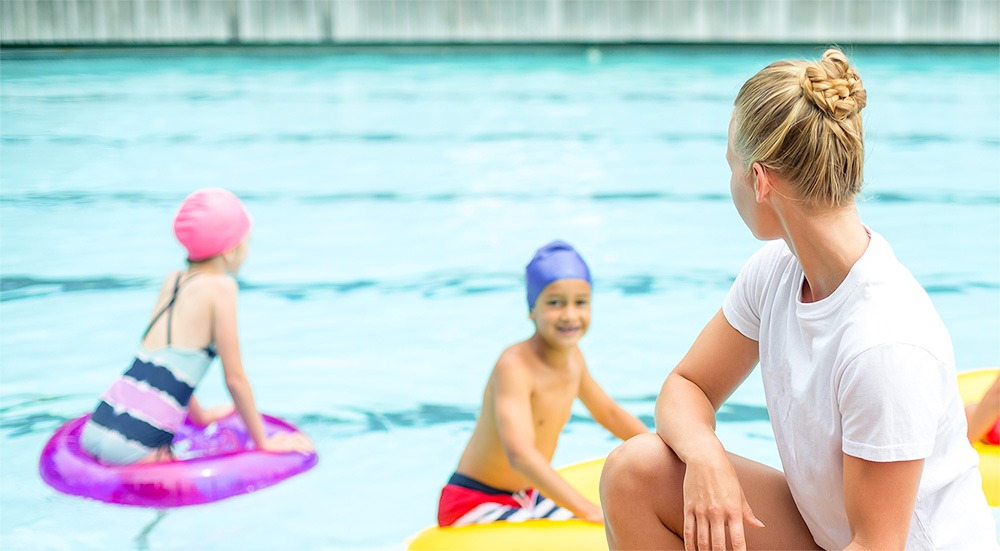
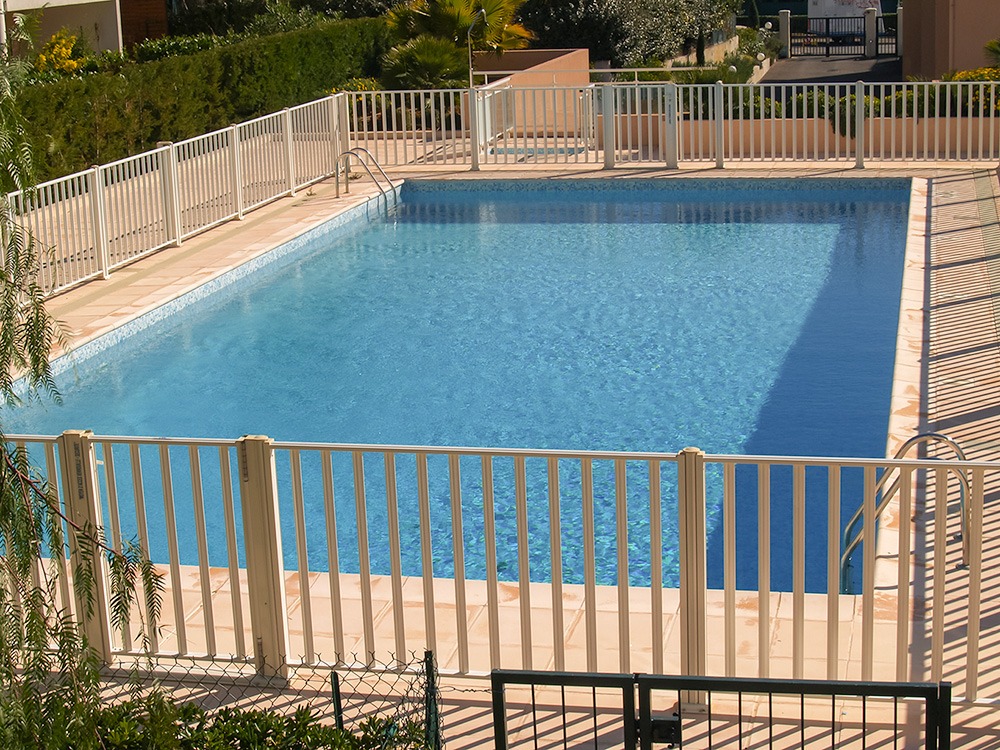
MAKE SURE HOME POOLS HAVE PROPER BARRIERS
Most homeowner’s insurance requires pool barriers, but you should always make sure that barriers are in place and functioning properly – especially if you have young children or children who can’t swim. Fences should be at least 4 feet high and completely surround the pool, with a properly functioning self-closing and self-latching gate.
ENSURE POOLS AND SPAS HAVE PROPER DRAIN COVERS
The Pool and Spa Safety Act regulates that drain grates meet specific safety standards to prevent them from trapping children or adults in the drain suction. You should also teach children to stay away from drains, and to stay out of pools with broken or missing drain covers.
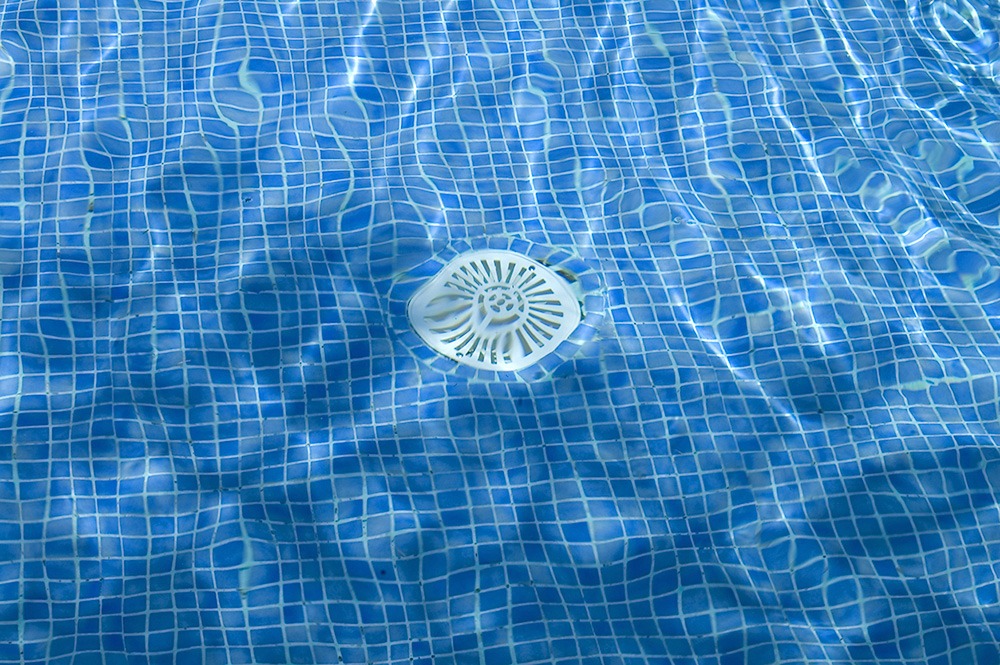
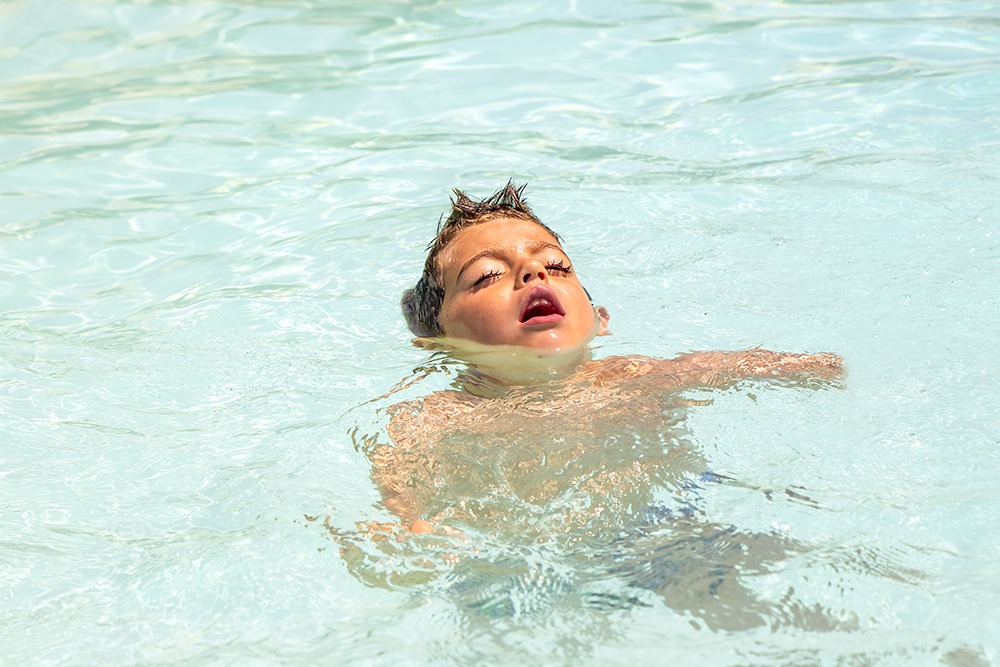
KNOW WHAT DROWNING LOOKS LIKE
Many people are conditioned by movies to think that drowning is a loud, thrashing response. It is not, and nearly half of all children drown within 25 yards of an adult (often their parent). The Instinctive Drowning Response is a physiological response to avoid suffocation in the water. It causes the body to bob vertically in the water and extend the arms laterally and press down on the water in order to lift the mouth above the surface long enough to gasp for air.
There is not enough time above the surface for people to exhale, inhale, and yell out. They cannot voluntarily move their arms to wave, because they must use their arms to keep their mouth above water. It is quiet, and it can only be maintained for 20-60 seconds. Someone who is thrashing and yelling for help may be in aquatic distress, but these individuals can still grab a lifeline or float. True drowning victims cannot, and must be rescued.
LEARN CPR
Bystanders are often the first to aid a drowning victim. Learning CPR can save a life in this, and other circumstances. Take a class (we often offer them at Neighbors!), and keep your certification current.
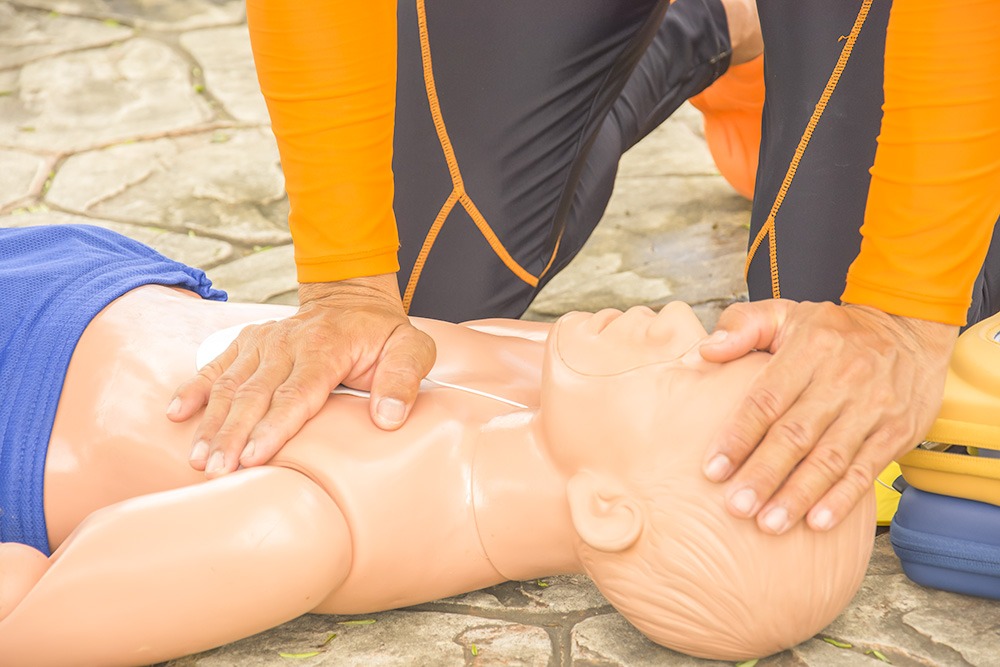
Keep these tips in mind when near water of any kind to make sure your summer is a fun one. And don’t forget #6 – CPR saves lives!
Stay Safe,
Dr. Mom

Back to Blog